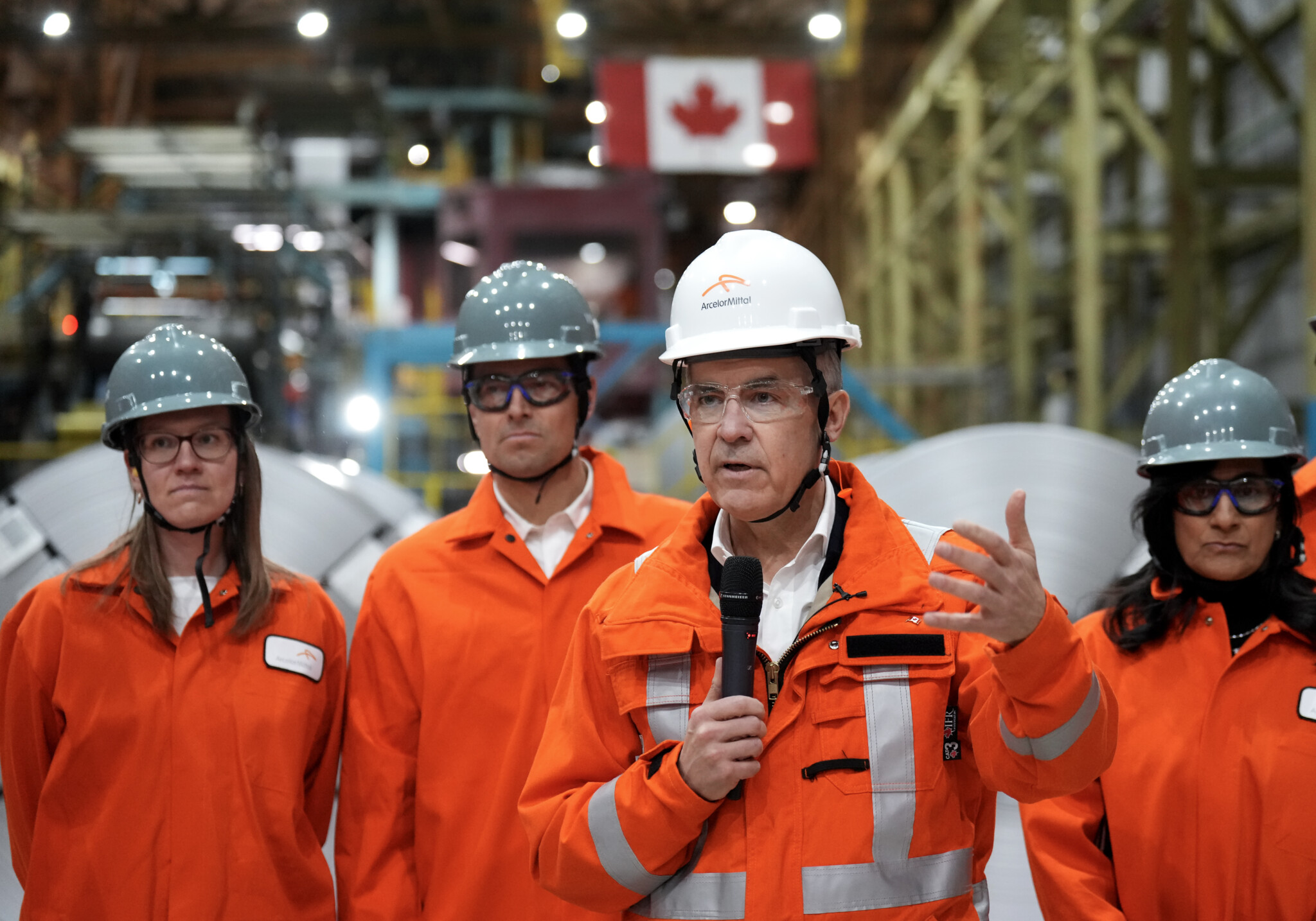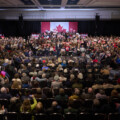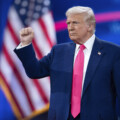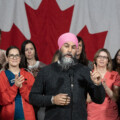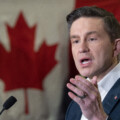Donald Trump’s impact on Canada’s election campaign is not just political—it’s also fiscal.
His economic threats and tariffs have already reshaped public opinion and reframed the ballot question. Now, they may also start to rewrite Canada’s campaign platforms.
If Trump follows through on new or expanded tariffs in the coming days, as promised, Canadian political parties will be forced to chart their course on retaliation—including whether to hit back with counter-tariffs at the expense of Canadian consumers and—crucially—what to do with the extra government revenue that comes with it.
The irony is that retaliation, while pitched as deterrence, amounts to a fiscal windfall at the expense of Canadian households.
Let’s recap. Starting April 2—what Trump has dubbed “Liberation Day” for America—Canada could be hit with a fresh round of U.S. tariffs. Some are already in place: a 25 percent tariff on most goods (10 percent on energy) since March 4, and additional 25 percent tariffs on steel and aluminum since March 12. The U.S. is also floating “reciprocal tariffs” on sectors like dairy and digital services. Just yesterday, Trump signed a proclamation to slap a 25 percent tariff on non-U.S. cars and parts, though the details are still vague.
Of course, Trump could also reverse course or minimize Canada’s exposure. Who knows?
Canada already has retaliatory tariffs on about $60 billion worth of U.S. goods. The Liberals have pledged to expand that to $155 billion if existing tariffs remain. Should the federal government apply countermeasures to that full amount, it could collect anywhere from $15 to $30 billion in new annual revenue—possibly more. And that’s without even going for dollar-for-dollar retaliation.
We’re in unprecedented territory here; we have a caretaker federal government effectively raising taxes on consumers mid-campaign, all with the backing of its opponents promising to do the same.
Everyone will argue this is a necessary evil, a stand against Trump. But the effect will be the same. It will balloon potential campaign war chests and provide a political green light to dish out billions in new spending and tax cuts. Retaliatory tariffs, in other words, may be framed as a matter of trade policy, but the accompanying revenues could end up being key to financing the parties’ various promises.
We’re already seeing inflated party platforms in real time, raising the prospect that we may be in the middle of one of the most fiscally bloated election campaigns in Canadian history. This despite the fact that both leaders have promised to balance the budget (excluding investment in Carney’s case) by finding savings in government operations.
Carney this week unveiled a $6 billion income tax cut, a $2 billion auto sector fund, and military pay raises, which will likely be in the hundreds of millions. His decision to send out one more carbon price rebate despite eliminating the consumer carbon tax will come at a cost of nearly $4 billion, according to one estimate.
Poilievre has pledged to lower personal income tax rates at a cost of about $14 billion CAD annually, eliminate taxes on low-income working seniors, and top up a tax-free savings allowance.
Both Carney and Poilievre have promised to eliminate GST on new homes (though eligibility under Liberal plan is much narrower), and eliminate the increase in the capital gains tax (at an estimated cost of $20 billion over five years, half of those were expected to be raised in the first two years.)
Quick back-of-the-envelope math puts both parties in the $15–25 billion range in new measures (with the Liberals at the lower end and Conservatives at the upper end)—and we’re not even through the first week of the campaign. None of this accounts for the cost of recession support, infrastructure, or defence investments. And once the new U.S. tariffs kick in, the pace of campaign spending and tax cuts may accelerate, with parties increasingly banking on tariff revenue.
This poses a few risks.
First, there’s no guarantee that retaliatory tariffs will stick around. Canada could scale them back for economic reasons, strike a deal, or decide not to retaliate at all.
As we all know by now, things could change quickly with Trump. But even if U.S. tariffs stick, it’s not clear if we could win a trade war, something that Carney has acknowledged. As Eurasia Group’s Ian Bremmer wrote in his daily newsletter this week about Canada: “Everyone understands they’ll have to accept Trump’s terms eventually; the only question is whether capitulation comes before or after a costly fight.”This would undermine the rationale for imposing counter-tariffs in the first place—even partial ones.
Building campaign promises on an unstable revenue base only adds to Canada’s fiscal vulnerability at a time when government spending is already loose by historical standards.
The Parliamentary Budget Officer projected a $50 billion deficit for this fiscal year and $47 billion next year—before the campaign even began. The PBO’s forecasts assume real GDP growth of 1.7 percent in 2025 and 1.5 percent in 2026. Should growth come in a percentage point lower—as the OECD predicts—the shortfall could easily grow by another $5 to $10 billion.
The second point is that if your objective is to finance an economic support package, there are better ways to raise money more efficiently and fairly. In fact, tariffs are an extremely regressive form of taxation.
Which brings me to my final point. A big worry is that Canada is building fiscal incentives that make retaliation politically irresistible. Once parties start baking tariff revenue into their platforms, walking it back becomes much harder, even if diplomacy or economic logic says otherwise.
The danger is that a sizable chunk of campaign spending ends up riding on a volatile, unpredictable source of cash—one that depends entirely on the decisions of a foreign leader.
